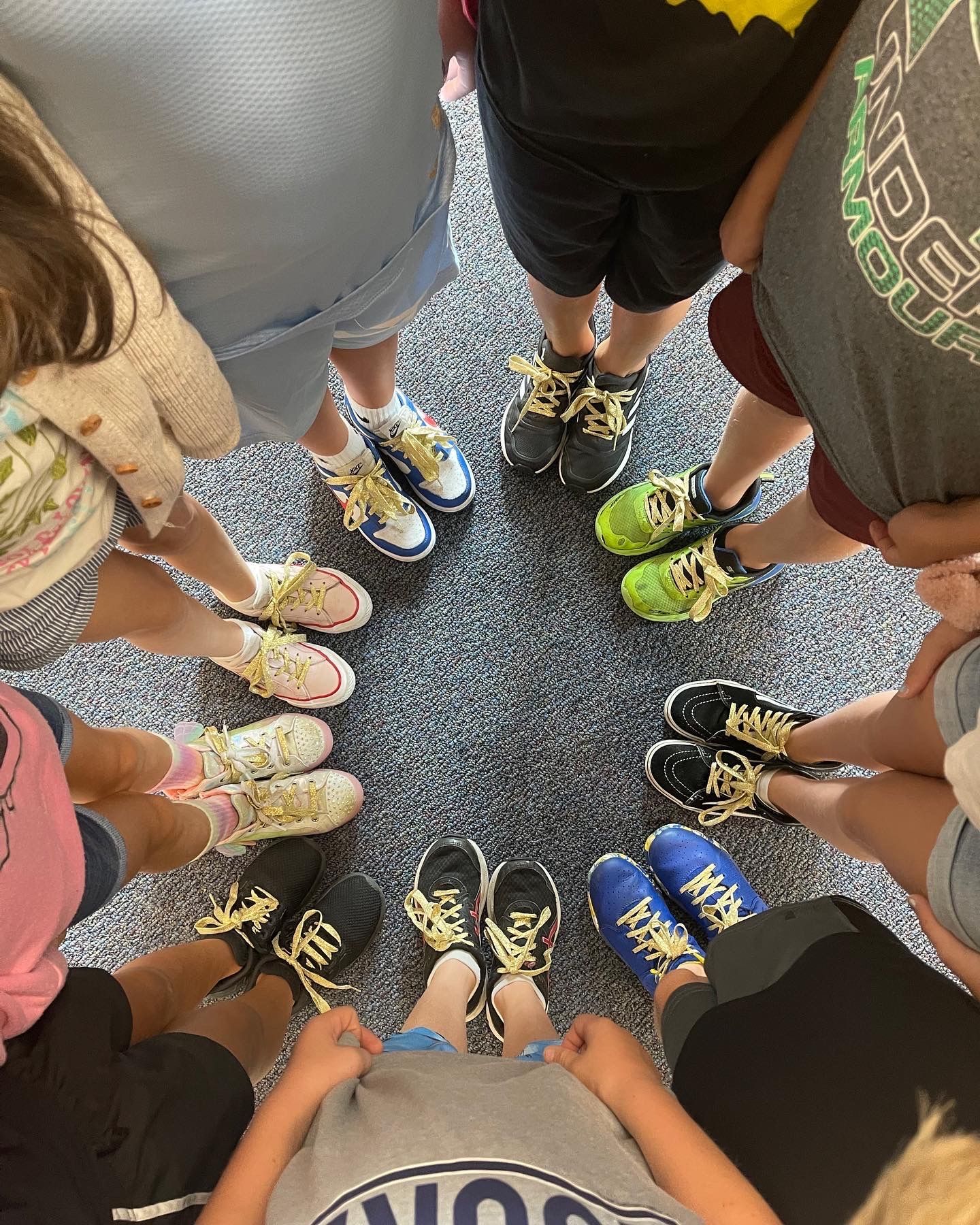What is Osteosarcoma?
Osteosarcoma is a rare, malignant type of pediatric sarcoma of the bone. While it is an uncommon cancer, it is one of the most common types of pediatric bone tumors. It is diagnosed in approximately 400 children, older teens, and young adults annually in the United States.1
Osteosarcoma usually strikes boys more often than girls and often presents in individuals between 10-20 years of age. Tumors usually first appear in the wider ends of the long bones in the body; they most often manifest in the humerus bones in the arms and the femur and tibia in the legs. In some cases, it can originate in the flat bones that surround and protect organs like the pelvis, ribs, and skull.
An aggressive type of childhood cancer, osteosarcoma can spread quickly to other parts of the body, like other bones, tissues, and organs (primarily the lungs). In up to 20% of patients, osteosarcoma tumors have already spread from the origination site by the time of initial diagnosis.
Osteosarcoma Symptoms, Causes and Risk Factors
The cause of osteosarcoma is usually unknown, but recent research suggests that genetic factors may play a role in addition to patients previously treated with radiation therapy for other cancers. Most specifically, patients previously treated for cancers like retinoblastoma and other childhood cancers, as well as having a family history with various kinds of cancer (breast, leukemia, brain tumors, and other kinds of soft-tissue tumors), can increase a child’s chances of developing this type of bone cancer. Additionally, 3-4% of children diagnosed with osteosarcoma have germline mutations that are associated with a predisposition to developing childhood cancer early in life.
This bone cancer can mask itself as a common childhood injury or growing pain, which can delay diagnosis. However, there are sometimes additional osteosarcoma symptoms:
• Pain, tenderness, swelling, and/or stiffness in the affected area is one of the most common bone cancer symptoms
• Progressively worse, radiating pain extending outward from the tumor site
• Aggressive pain that may awaken the child from a deep sleep
• Weakened bones and/or fracture
• Fatigue, weight loss, and/or anemia
• Loss of motor function and/or decreased ability to walk
Diagnosis of Osteosarcoma Childhood Cancer
Getting a rapid diagnosis is important to quickly begin a treatment plan and prevent the possibility of spread. Clinical specialists can use a variety of tests to diagnose and assess the disease progression:
• X-rays
• Magnetic resonance imaging (MRI)
• Computed tomography (CT) scan
• Radioisotope bone scans, which can help locate areas of abnormal growth
• Positron emission tomography (PET) scan
• Blood tests
Treatment and Prognosis of Osteosarcoma Bone Cancer
Malignant bone cancer tumors like osteosarcoma require very active and aggressive treatment that usually includes a combination of surgery and chemotherapy.
• Surgery: Surgery is used to remove osteosarcoma tumors to try to restore the function of the affected area. Up to 90% of children with this type of bone cancer are eligible for reconstructive, limb-saving surgery through a variety of techniques.
• Chemotherapy: Osteosarcoma patients always undergo targeted chemotherapy. Depending on the case, the patient may be administered chemotherapy before and/or after surgery to prevent spread.
As with all childhood cancers, the long-term prognosis and survival vary from case to case. However, rapid medical assessment and an aggressive therapy plan can improve the prognosis.
• If the affected area is localized and has not spread to other areas of the body, the long-term survival rate tends to be 70 to 75%.
• If the osteosarcoma has spread to the lungs and/or other bones at diagnosis, the long-term survival rate is around 30%.
Childhood Cancer Research in Osteosarcoma
Continued clinical research of osteosarcoma helps scientists study the behavior and biology of osteosarcoma along tumor cell lines and laboratory models. Additionally, clinical trials provide the opportunity to test new treatments and therapies that may be more effective in treating osteosarcoma. Some of the latest research in osteosarcoma include:
• The potential use of immunotherapy and targeted therapies such as tyrosine kinase inhibitors.2
• Examination of genetic markers that can cause chemotherapy resistance, highlighting the need for more research to develop effective treatments.3
• Hydrogels loaded with chemotherapeutic drugs that showed promising results through site-specific therapy.4
• A study comparing the clinical outcomes of six different drugs, examining how future trials can be designed to improve response rates and decrease toxicity.5
By investing in early investigational research, both pre-clinical and clinical for this bone cancer, Solving Kids’ Cancer is dedicated to increasing the prognosis for children with pediatric osteosarcoma.
Your gift to Solving Kids’ Cancer changes the lives of children with osteosarcoma by making better treatment options possible for the very youngest of cancer patients — because every kid deserves to grow up®.
Sources
1 Educational Case: Primary Osteosarcoma – https://www.ncbi.nlm.nih.gov/pmc/articles/PMC6343432/
2 Osteosarcoma: Current Concepts and Evolutions in Management Principles – https://pubmed.ncbi.nlm.nih.gov/37109122/
3 A Systematic Review of the Heterogenous Gene Expression Patterns Associated with Multidrug Chemoresistance in Conventional Osteosarcoma – https://pubmed.ncbi.nlm.nih.gov/37107591/
4 The Use of Hydrogels for the Treatment of Bone Osteosarcoma via Localized Drug-Delivery and Tissue Regeneration: A Narrative Review – https://pubmed.ncbi.nlm.nih.gov/37102886/
5 Recent advances on anti-angiogenic multi-receptor tyrosine kinase inhibitors in osteosarcoma and Ewing sarcoma https://pubmed.ncbi.nlm.nih.gov/36994209/


















































































